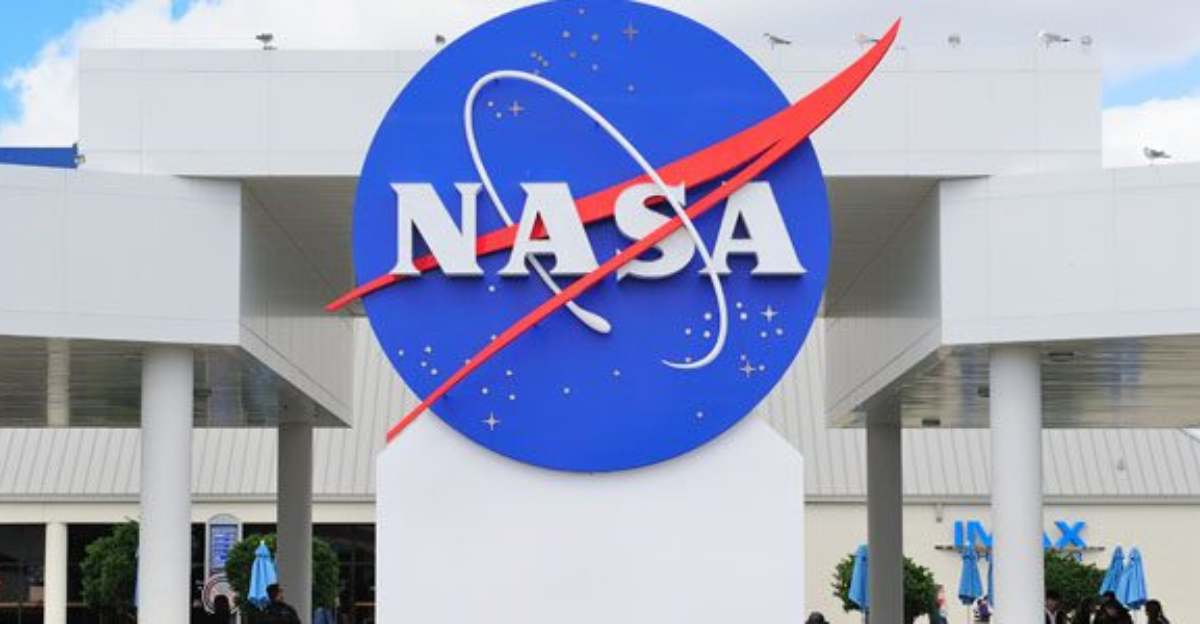
They started disappearing quietly. It crept in slowly. A farewell email with too little fanfare, a chair left tucked in before lunch, as if someone had just slipped out and never came back.
Some said they were “moving on,” others didn’t say anything at all. You could almost pretend nothing was happening, until you couldn’t.
There wasn’t some big moment or breaking point, just a strange undercurrent, like the air had shifted and no one wanted to admit they felt it too. It’s NASA, you think. They don’t just lose people like this. They don’t bleed talent in silence. And yet, here we are, trying to figure out what just broke.
The Number No One Expected

You hear whispers, then a few articles, and then suddenly it’s right there in black and white. Nearly 4,000 people, going, and some have already gone. Not some distant projection or phased reduction. Actual human beings with badges and projects and half-drunk coffee cups, now exiting stage left. That’s about 20 percent of NASA’s workforce. Yes. 20%!
You don’t have to be a math nerd to know that’s not a haircut. That’s a limb. And nobody really prepared the public for it. No headlines, no ticking clock, no final sendoff. They’re still showing up now, but soon those desks will be empty, like they were never filled to begin with.
Not a Layoff, But It Sure Feels Like One

Technically, they volunteered. That’s the line. They called it early retirement or voluntary separation, dressed up in the kind of HR speak that makes it all feel clean and planned.
But talk to people inside and the vibe’s different. It’s the kind of “choice” that comes with a long stare and a shrug. Some say it felt like a suggestion you couldn’t really refuse, more polite than forceful, but not exactly optional either. There weren’t pink slips or breaking headlines, just a quiet shifting of chairs no one wanted to talk about.
The Two Waves That Wiped the Slate

It didn’t happen all at once. That would’ve made headlines. This was a drip-drip kind of storm. First wave: a few hundred gone. The kind of number you can bury in a quarterly update. Then came the second (the one with 4 digits). Bigger and louder, sure, but still somehow quiet.
Collectively, nearly 4,000 people out the door through something called the Deferred Resignation Program, which sounds more like a tax delay than a full-scale brain drain. There were memos, sure. They got the usual updates, the polished talking points, maybe even a handshake or two, but underneath it all, this was just what it is…a slow, silent countdown.
When Experience Walks Out the Door
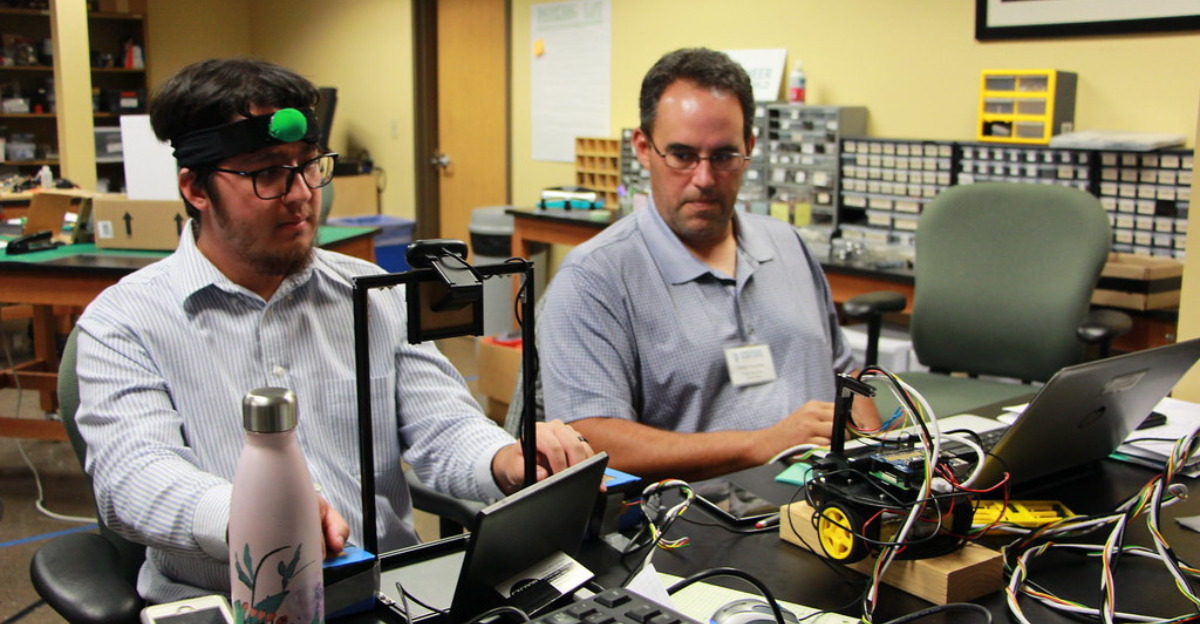
Forget the idea of rookies heading off to tech firms. These are engineers who stuck it out through the Shuttle years, survived budget freezes, and helped map the early path to Artemis.
These were people who kept things running when budgets dipped and headlines moved on. You can’t train that kind of memory, you can’t Google it, and once it’s gone, it’s gone. Entire teams hollowed out.
Now, projects are sitting in the hands of people who’ve only read the notes, if those even exist. And the worst part? Most of them didn’t leave because they wanted to. They left because staying started to feel impossible.
The Letter NASA Didn’t Want Going Public

It started like most things do, quiet and scattered. A few frustrated emails, some long texts at weird hours, a couple of hushed conversations that didn’t go anywhere. Then someone said, maybe this needs to be a letter. Not to stir things up. Just to tell the truth.
Signed by almost 300 employees, past and present, the letter was a direct callout. It warned of safety concerns and leadership that wasn’t paying attention. It wasn’t a private complaint that slipped out. It was released on purpose, as if they knew it might be the only way to be heard. And when it landed, it struck a nerve. People leaving in numbers like this doesn’t just happen quietly, and it doesn’t happen without consequences.
NASA Says Everything’s Fine. Not Everyone Buys It
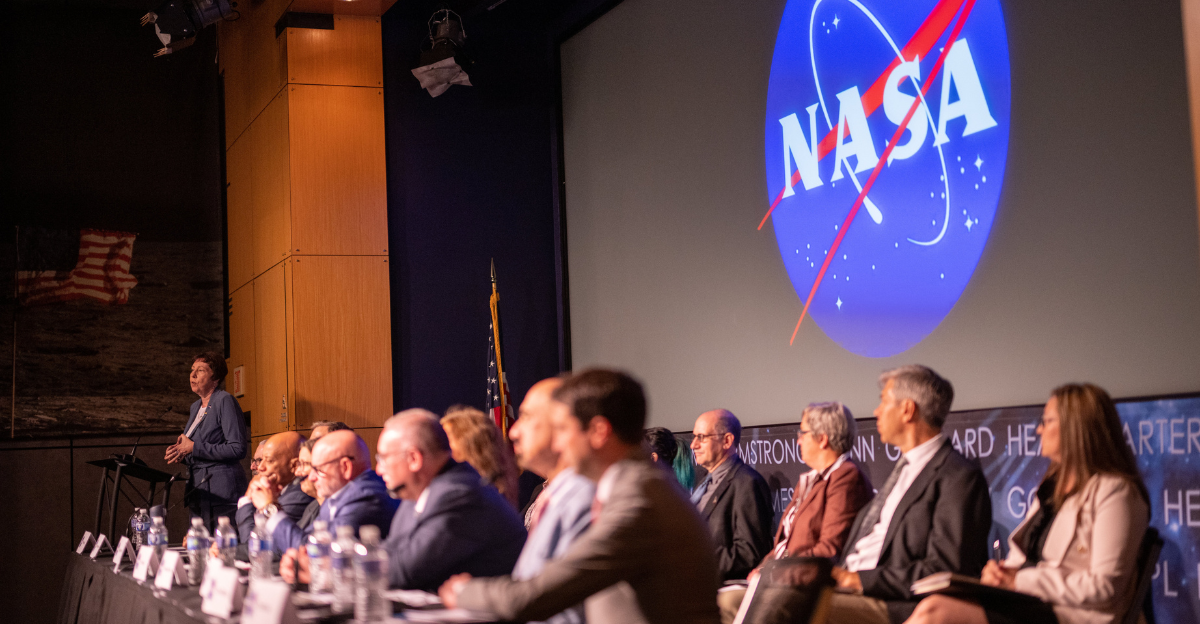
The official line, of course, is tidy as ever…something about streamlining operations and staying laser-focused on safety. Strategic evolution and all that. Blah blah blah.
You can practically hear the press office breathing into a paper bag. But the people still inside aren’t exactly sleeping well. Trust in leadership isn’t what it was, and neither is the patience. You can only hear “this is normal” so many times before your gut says otherwise, especially when project timelines start slipping and the hallway veterans (the ones who always knew what to do) aren’t around to fix things before they break. Or even notice they’re breaking.
Behind the Budget Scissors

They won’t say it out loud, but the money’s not there. Not the way it used to be. Congress has been tightening the faucet, and the agency’s caught in the middle of a budget tug-of-war with priorities stacked higher than funding can reach. Moon missions cost billions. Mars costs even more. And private companies (SpaceX, Blue Origin) are picking up the flashy contracts. So NASA’s trimming. What choice do they have?
One project gets shelved, another gets renamed, and somewhere in the middle of it all, a senior engineer with decades of history is told his role no longer makes sense. It’s framed as progress, but really, it’s subtraction dressed up in strategy.
The Cost of a Streamlined Space Agency
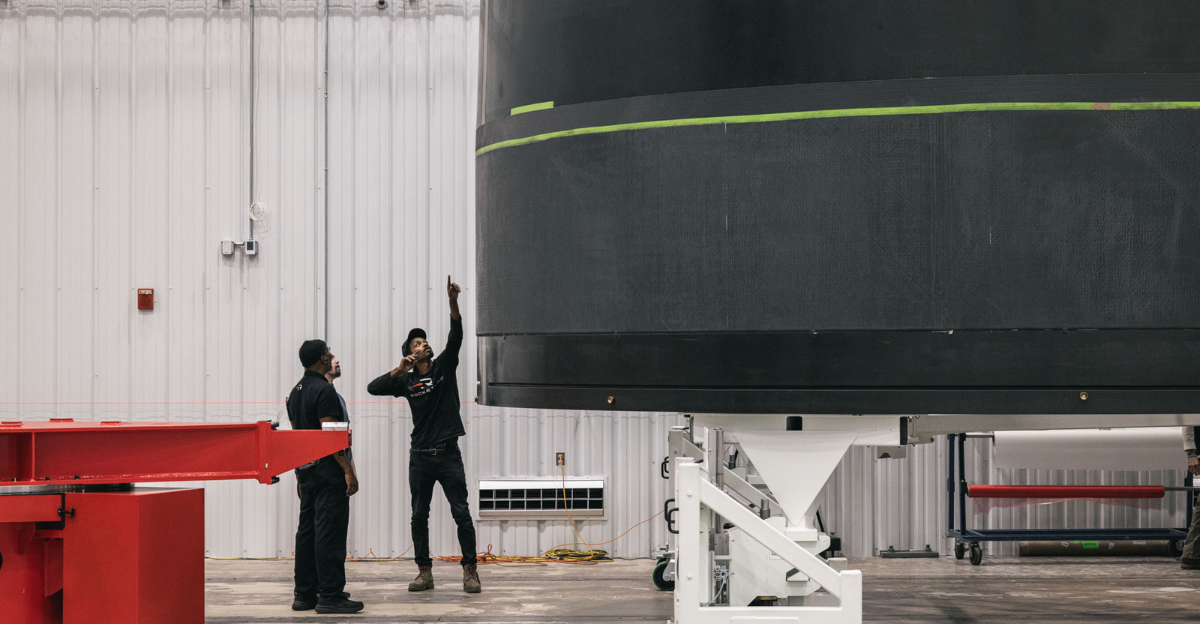
You can cut costs. You can cut corners. But when you start cutting people, especially the ones who’ve held your rockets together with literal duct tape and institutional memory, you better be sure there’s a backup plan. And right now? There isn’t one. Missions don’t just pause while new hires get up to speed. Systems don’t explain themselves. Mistakes multiply when experience walks out the door. There’s no way to measure what’s lost until something breaks or someone gets hurt.
The Future of NASA…Or What’s Left of It
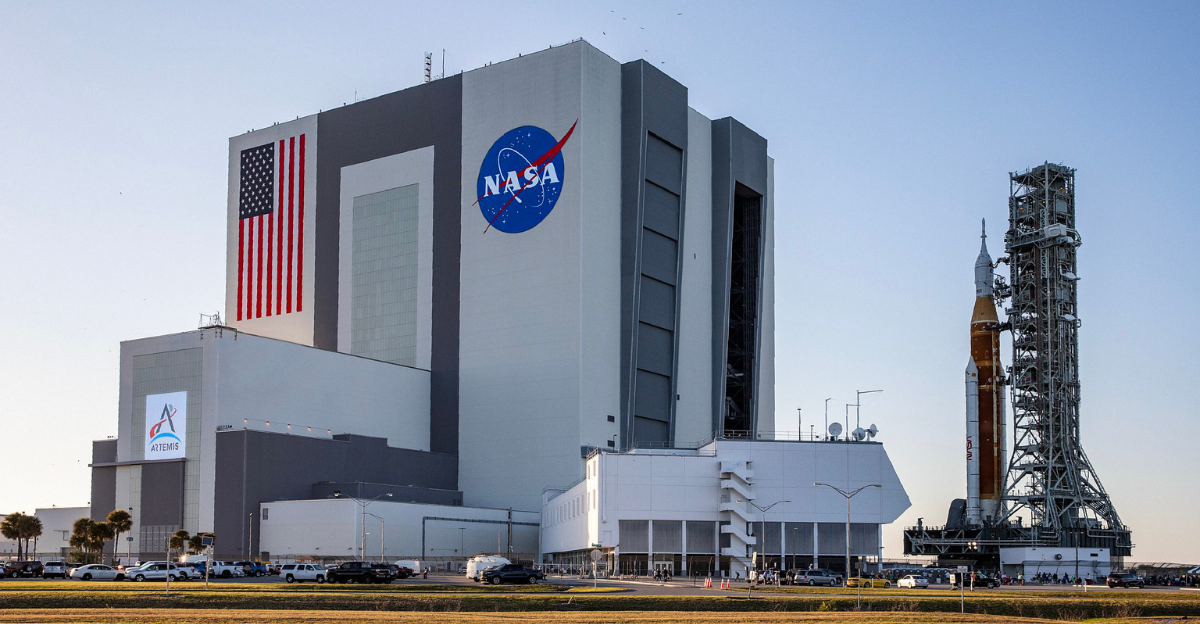
Maybe this is just the next era. Maybe NASA becomes lighter, faster, and more “collaborative” with commercial partners and startups that talk like TED Talks. Maybe that’s progress.
But there’s a version of the future where NASA isn’t the steady hand anymore. A future where it’s more of a brand, a contractor, rather than a backbone. And yeah, the logo still means something, but truth is, meaning fades when the people behind it vanish. What’s left might still reach the Moon. Might even touch Mars. But it won’t feel the same. And maybe that’s the hardest part to admit: that something sacred might be slipping away.
